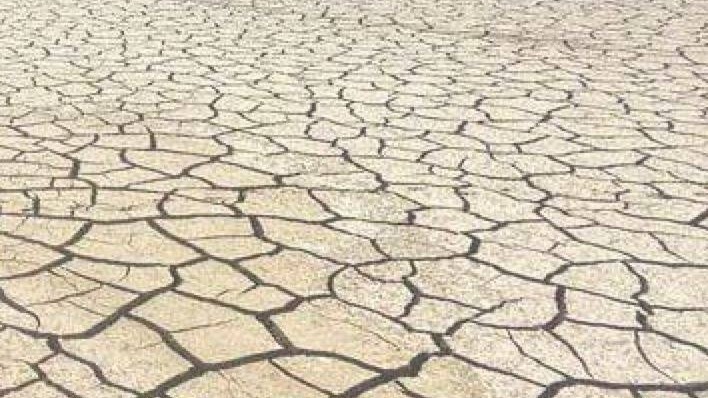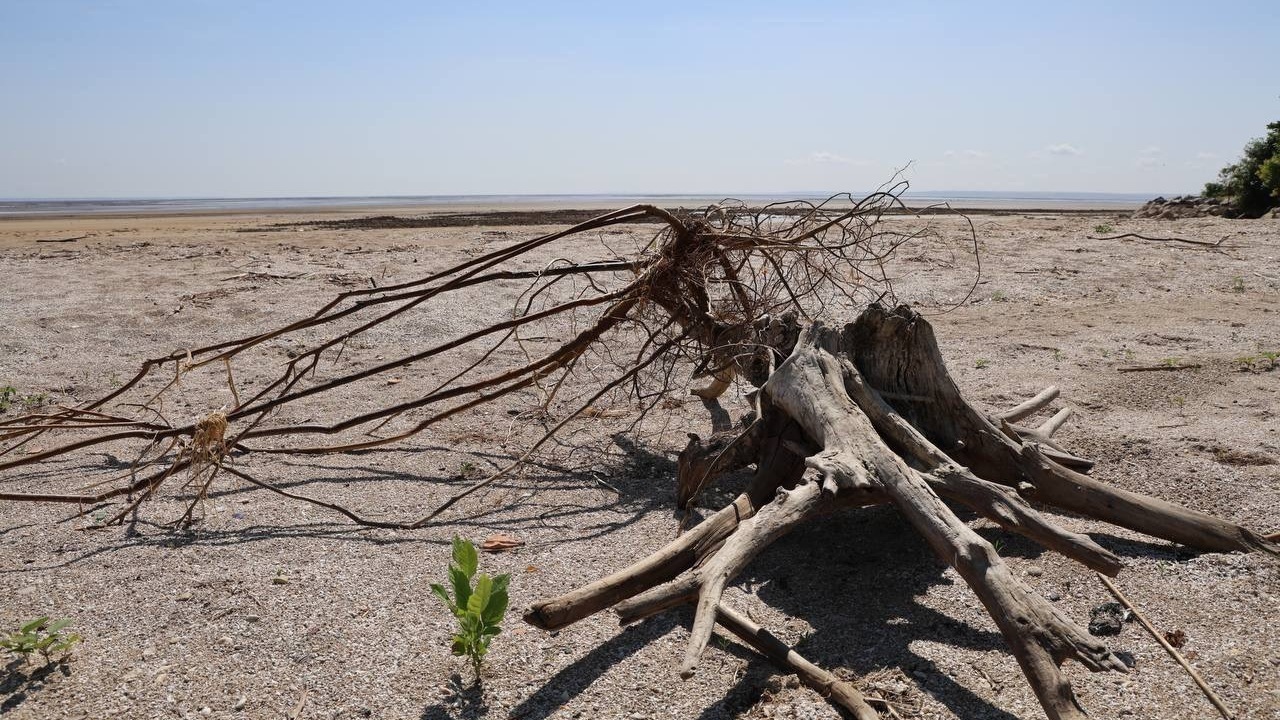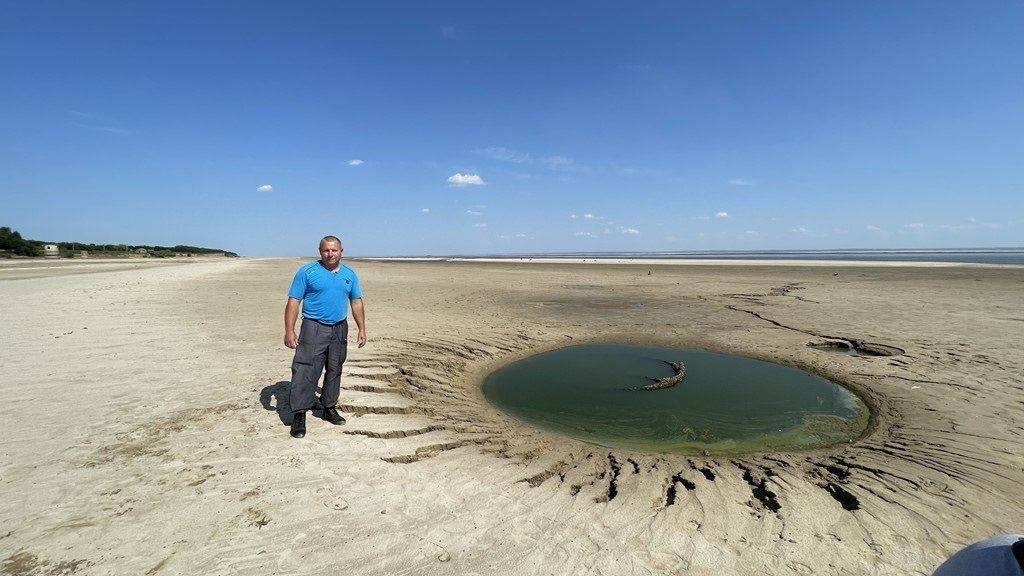Posted 26 июня 2023, 14:01
Published 26 июня 2023, 14:01
Modified 27 июня 2023, 08:15
Updated 27 июня 2023, 08:15

Harvest of 2023: experts talk about a decrease in volumes and an increase in prices
Yelena Petrova, Natalia Seibil
How much grain will be harvested in 2023
This year, a record harvest in No one expects Russia. If 157 million tons of grain were harvested last year, then in 2023-2024, namely, from July to July, the agricultural year is considered, there will not be more than 130 million. Dmitry Rylko, CEO of IKAR LLC, says that the assessment is changing all the time:
— We are currently conducting an inspection of the fields in the South and will change our assessment. Now it is 86 million tons of wheat, 132 — total grain. But we will change the estimate depending on what we see in the margins. This is much lower than last year's harvest. In 2022, 157 million tons of total grain were harvested, of which 104.5 million tons of wheat.
Experts say that the winter crops have overwintered well — 90% of the crops have risen. But there are nuances. In the South and in Volga region drought. No one can say how long it will take and what consequences it will have, the editor-in-chief of the AgroTrend industry portal points out.ru Nikolay Lychev:
— The only thing that can spoil the picture in June and July are dry phenomena and droughts in parts of the Volga region, southern Russia, such as the Volgograd region and parts of the Southern Urals and Eastern Siberia. There is a drought there, but we will collect 130 million tons. We consume 80 million tons, plus reserves that will remain at the level of more than 15 million tons, minus exports. This is the export potential.
In the Volga region, the moisture reserves in the soil turned out to be significantly less than normal. In some areas, the humidity is 20% of the norm. If July is as dry as June, then last year's 22.5 million tons of grain should not be expected. And this is a little less than 20% of the total harvest.
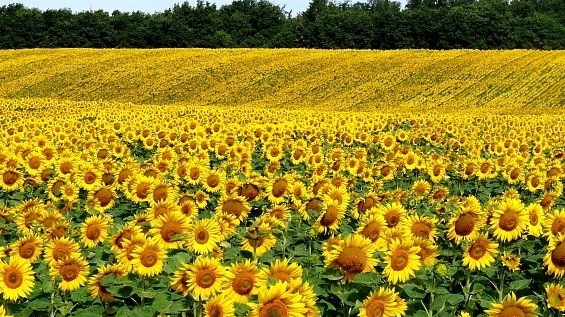

Sunflower and other oilseeds
Domestically, sunflower and rapeseed oil producers earn significantly less than on exports. But the Ministry of Agriculture has increased the 50% export duty on them until the capacities of Russian creameries are loaded. Last year, farmers produced 29 million tons, and sunflower and rapeseed processing capacities consume 30 million tons! What kind of export is there. In the dry balance, farmers will reduce oilseed crops if the Ministry of Agriculture lobbies the interests of the processing industry so directly and without reservations.
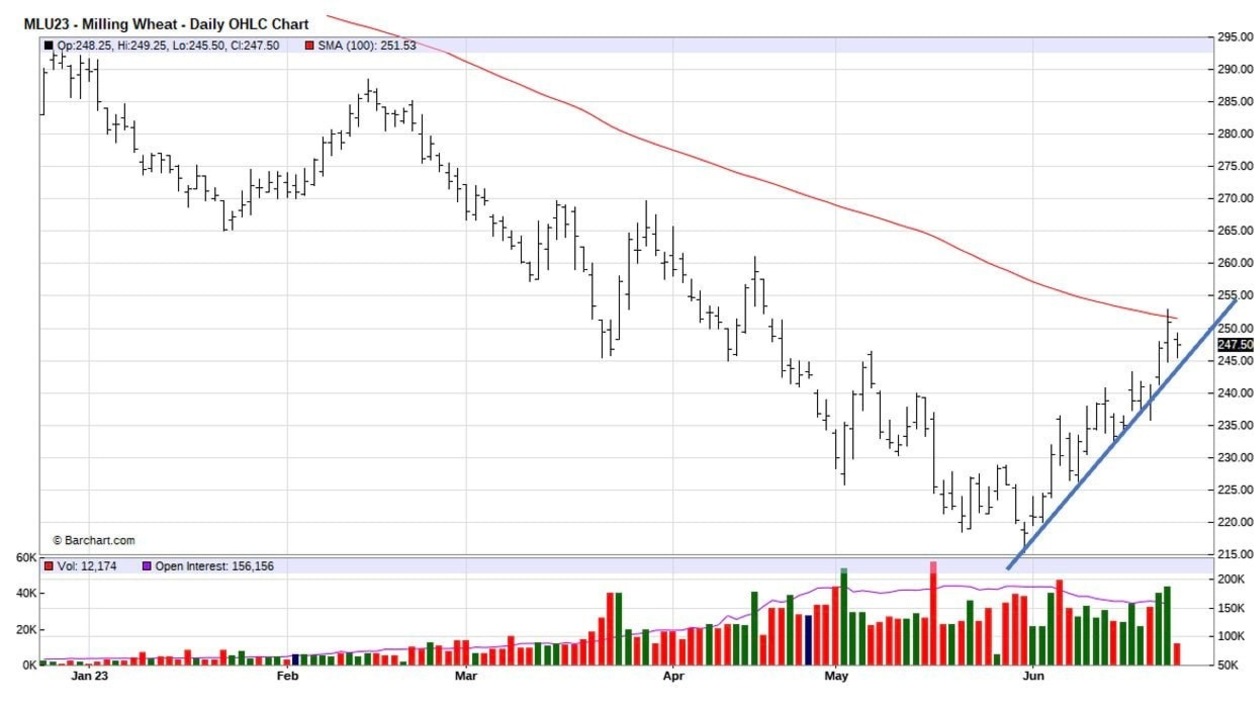

World grain prices, geopolitics and El Nino
All last week, wheat quotations on the main world markets continued their growth. American wheat prices were rising due to the ongoing drought in the Midwest. More than half of the territories — 58% — have encountered this phenomenon, writes the CEO of SovEcon Andrey Sizov in his Telegram channel. Despite the fact that the drought lasts there for the 11th year, it has not been so widespread since 2012.
Scientists say that the intensification of the drought is due to the natural phenomenon of El Nino. Its offensive is expected in August–September.
-El Nino is associated with weather anomalies on the continents. For the European territory of Russia, for Moscow, for Europe, that is, for the middle latitudes of the Northern Hemisphere, this means a more extreme nature of the weather — prolonged heat waves, dry periods can be observed, — says Natalia Tilinina, head of the Laboratory of Marine Meteorology at the P. P. Shirshov Institute of Oceanology of the Russian Academy of Sciences.
On the stock exchanges, wheat is traded at $ 270 per bush. The price of Russian wheat is much lower — $ 230. Experts say that usually the difference is 15-20 dollars. Now it is 40 dollars cheaper. So geopolitics directly affects the incomes of Russian producers and indirectly — on the revenues of the Russian budget.
Russia has retained a large rolling reserve since last year, so experts do not expect difficulties with export supplies. We have another problem — how to get money for the delivered goods. Branch bank Rosselkhoznadzor — under sanctions. You have to use workarounds, and it costs money. If prices decrease a little, then the difference will also decrease, the market hopes.
The South of Ukraine and the ecological catastrophe
Even before the ecological disaster after the breakthrough of the dam of the Kakhovsky reservoir, the Ukrainian authorities predicted a further reduction in the production of grain and legumes, and as a result, a reduction in exports. About the fate of the «grain deal», or rather, about its end, and in Moscow, and in Kiev is spoken of as a settled matter. It will end in July and will not last.
In the territories of the Kherson and Zaporozhye regions controlled by Russia, they say about the loss of 1.5 million tons of grain and several hundred tons of sunflower. However, this will not affect the grain balance of the country in any way.
The Ukrainian authorities talked in March about reducing production. So, wheat would be harvested less by 4 million tons, compared to 2022. It is almost impossible to say what will happen now. Dmitry Rylko does not believe the data from either side:
— I have big doubts about what is being said on both sides. It is quite difficult to imagine that we had a normal sowing in the war zone on both sides of the Dnieper. The impact of the elements fell on those areas in which intense military operations are taking place. Therefore, I have no confidence that everything was sown there and is now gone. Most likely, much less was sown than usual, but we won't know about it now.
The long-term consequences of a dam break and the destruction of irrigation facilities on thousands of square kilometers cannot be fully predicted. This whole system was fed by the waters of the Kakhovsky reservoir. There will be no water in the fields until it is restored. The Ukrainian authorities say that it is possible to restore the Kakhovka dam and reservoir only after 30 years. What will become of agriculture in three decades, one can only imagine: it's a horror movie, both for the economy and for the people living there.
— Everything was there. Cereals, vegetable crops, and oilseeds were grown on irrigation. If you look at this region from the plane, a fantastic picture opened up below. I'm afraid we won't see her for a long time now, » the expert says.
For the world economy, the Ukrainian tragedy no longer matters much — all the risks associated with hostilities and their consequences have long been included in food prices.
